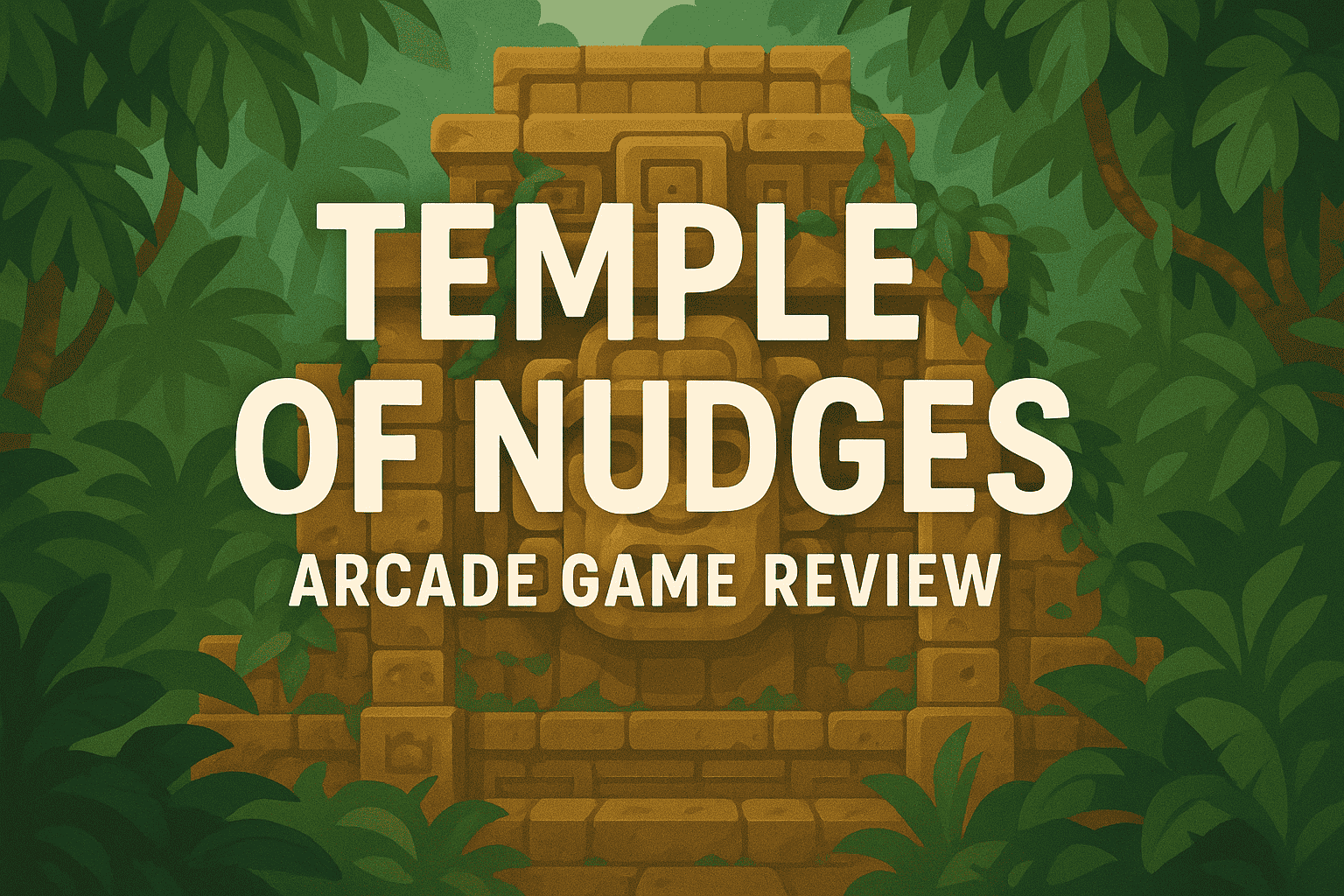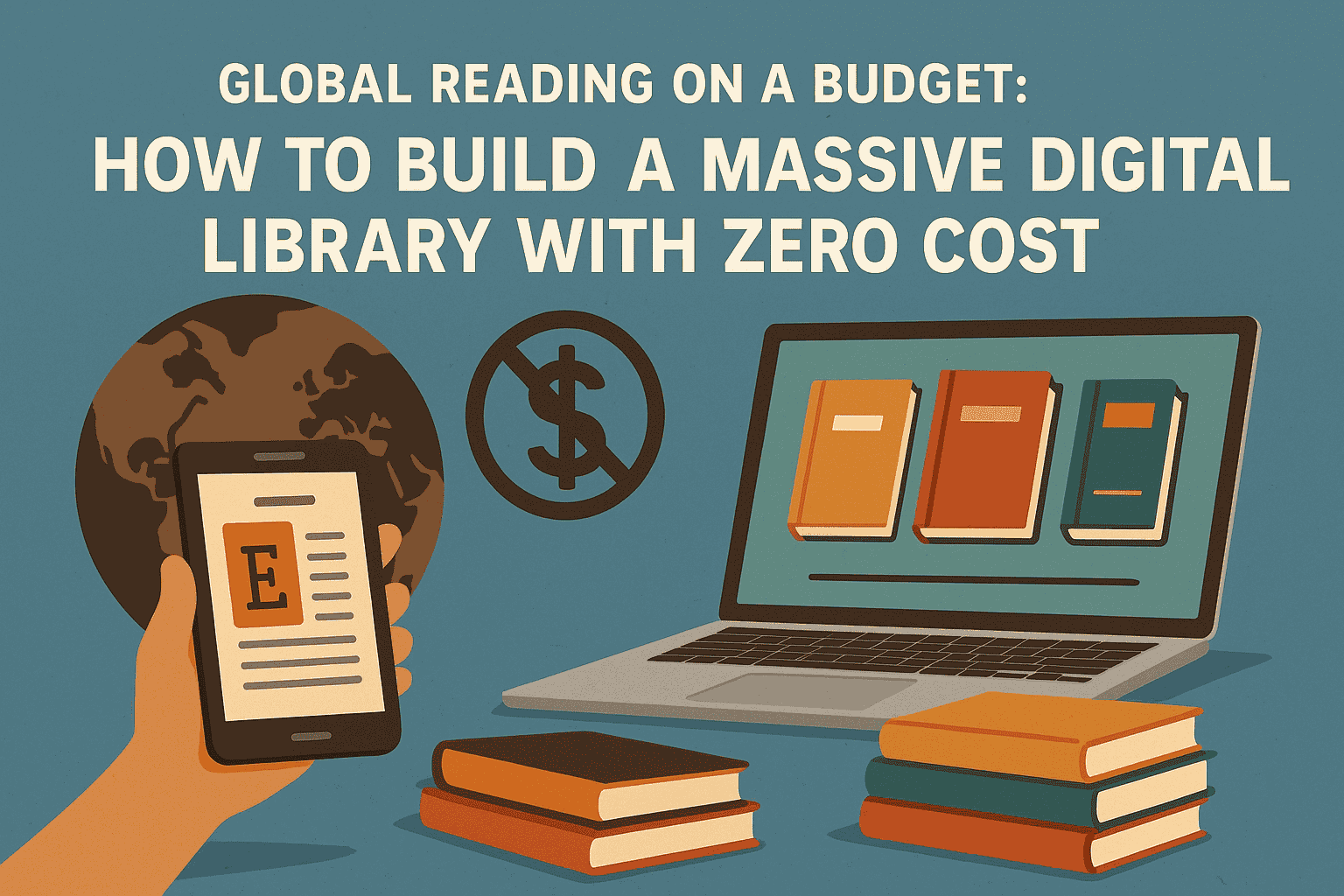Storytelling in Gaming and Entertainment: A Modern Evolution
Games and interactive media have shifted stories from something you simply watch to something you actively shape. This shift is more than a trend; it’s a transformation of what storytelling can be. It’s personal, responsive, and constantly evolving.
While movies and books still captivate audiences with their linear structures, video games and other interactive experiences are doing something unique: they put the audience in control. This interactive storytelling isn’t limited to adventure games. It’s also seen in more fast-paced experiences where quick choices influence the outcome. If you’re interested in exploring this kind of interactive excitement, click here for a hands-on experience.
Interactive Storytelling
Interactive storytelling works because it makes the audience part of the story. In games, players don’t just witness the narrative unfold — they move it forward. Their decisions matter, even when those decisions don’t seem monumental at first. Small choices often stack up to shape the bigger picture.
For instance, players may choose to spare a character or sacrifice them. That moment isn’t just a plot point — it’s a reflection of how the player navigates conflict, morality, or loyalty. The stakes feel real because the outcomes are tied to their actions, not just the script.
In modern entertainment, this philosophy is starting to spread. Streaming platforms experiment with shows that let viewers choose outcomes. VR experiences take immersion to another level, placing people inside a story as active participants rather than passive watchers. These developments show that audiences crave involvement.
Gaming’s Unique Approach to Storytelling
Games offer storytelling tools that traditional mediums can’t replicate. They combine player agency with narrative design to create experiences that are personal and unpredictable. Stories don’t just “happen” in games; they react to players. Here are three ways games innovate storytelling:
Environmental storytelling: A decaying village, an old note hidden in a drawer, or subtle changes in music can speak volumes without a single line of dialogue. Players uncover these details as they explore.
Branching narratives: A single decision can lead to drastically different outcomes: different endings, alliances, or even game worlds. This non-linear storytelling keeps players invested as they realize they have a say in how the story unfolds.
Player-controlled pacing: Someone may rush through the main storyline, while others explore every corner and uncover hidden layers of the plot. Both approaches offer rewarding experiences because the story adjusts to how people play.
Gaming Meets Traditional Entertainment
Traditional entertainment is taking cues from gaming, and gaming has been borrowing from cinema for years. High-quality writing, detailed animations, and orchestral scores now make many games feel as immersive as a blockbuster film. Games can be cinematic without losing what makes them unique: player involvement.
At the same time, TV shows and films are beginning to experiment with narrative structures that feel more like games. Think about branching paths, multi-perspective storytelling, and interactive decision-making.
Challenges of Modern Storytelling
For all its promise, storytelling in gaming and entertainment comes with challenges. If a story interrupts gameplay too often, it can frustrate players. On the other hand, focusing too much on mechanics risks sidelining the story altogether.
Another challenge is delivering meaningful choices. Interactivity is great when it works, but if the outcomes feel shallow or inconsequential, the experience falls flat. Creating stories that react to players’ decisions without feeling forced requires careful design and thoughtful writing.
Lastly, modern storytelling demands inclusivity. Diverse voices are essential to crafting stories that reflect the wide range of experiences people bring to games and entertainment. Representation strengthens stories and makes them more relatable.
Where Storytelling is Headed
As technologies like AI and virtual reality grow, stories will definitely become more responsive and personalized. Imagine characters who learn from the player’s actions in real time or narratives that adapt to how someone feels in the moment.
We’re also seeing a push for stories that focus less on spectacle and more on depth. Instead of chasing bigger explosions or grander set pieces, creators are finding ways to tell smaller, more intimate stories that resonate on a human level. That focus on authenticity will define the next generation of storytelling.
Audiences are asking for stories that respond, engage, and connect. The challenge for creators is clear: make stories that go beyond entertainment. Make stories that mean something. When done well, storytelling becomes an experience you carry with you.









